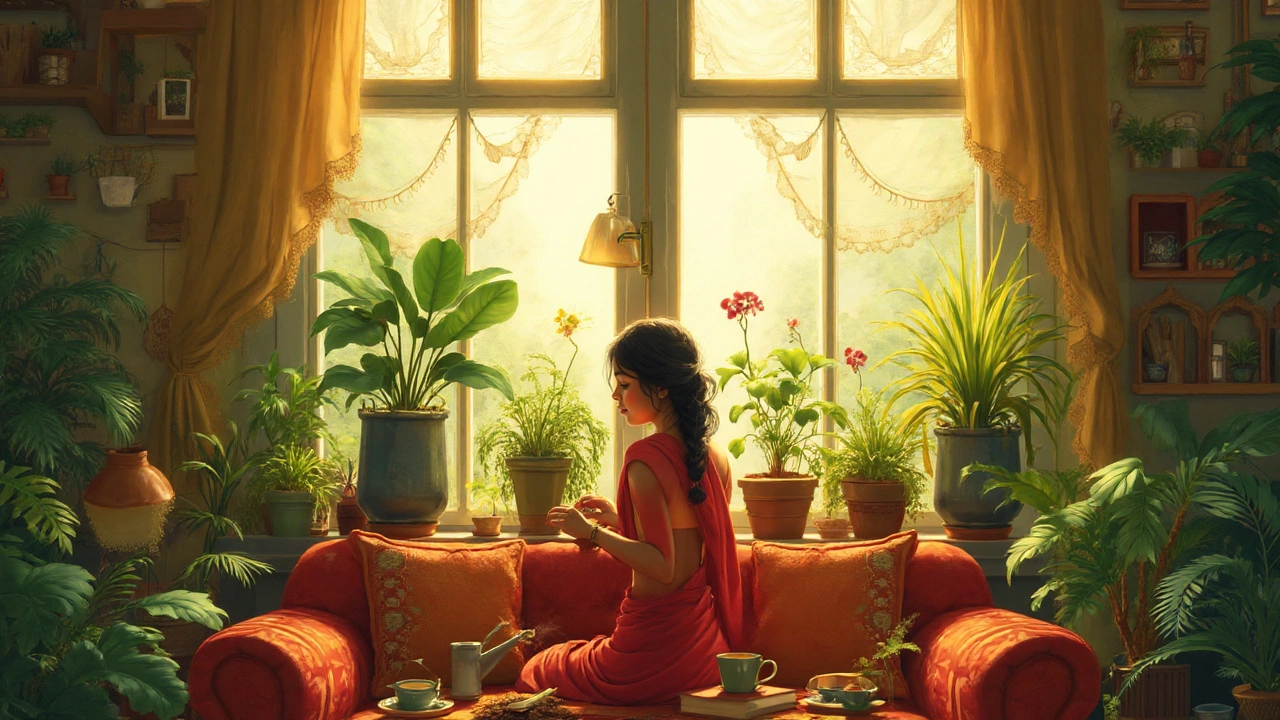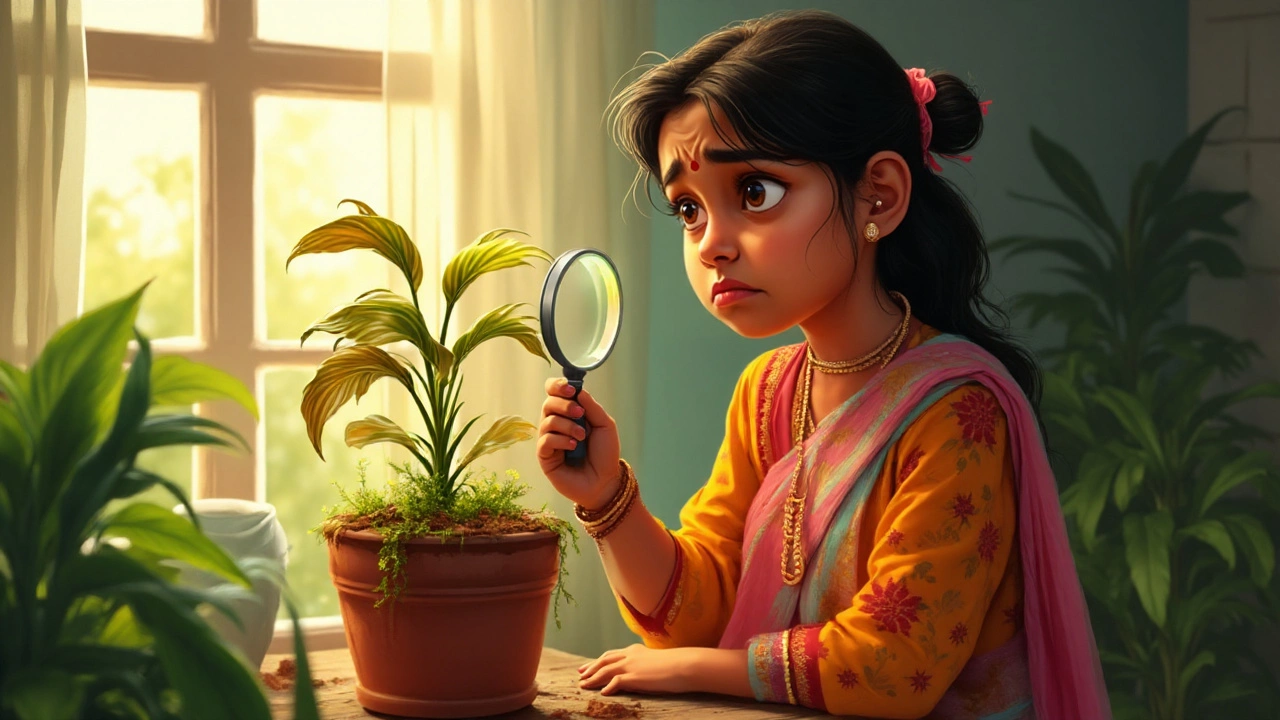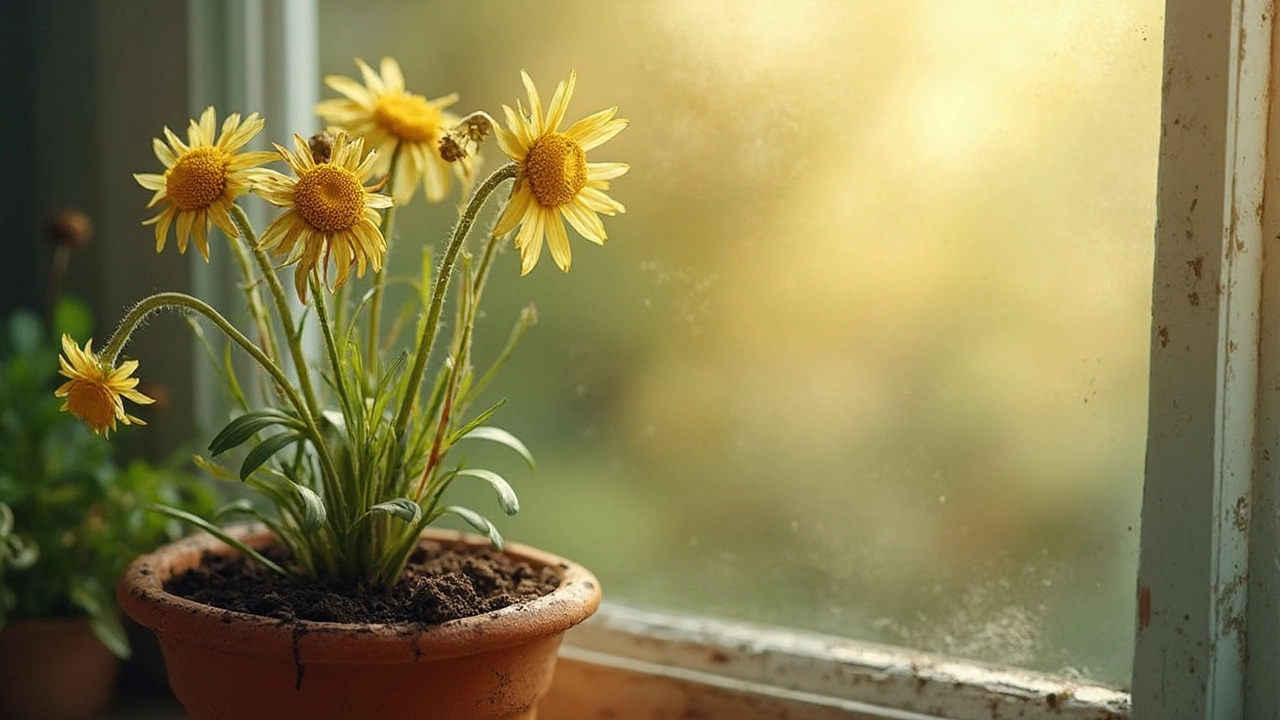Explore which houseplants are the neediest, why they crave attention, and how to keep them alive. Discover helpful tips and facts for your fussiest greenery.
Plant Care Tips: Simple Ways to Keep Your Indian Garden Thriving
When you’re serious about plant care tips, practical actions that help plants grow strong and resist disease in local conditions. Also known as gardening best practices, it’s not about fancy tools or expensive fertilizers—it’s about paying attention to what your plants actually need. In India’s varied climate, from hot balconies in Mumbai to monsoon-soaked plots in Kerala, the same basic rules apply: water right, feed smart, and give them space to breathe.
Good plant care tips, practical actions that help plants grow strong and resist disease in local conditions. Also known as gardening best practices, it’s not about fancy tools or expensive fertilizers—it’s about paying attention to what your plants actually need. In India’s varied climate, from hot balconies in Mumbai to monsoon-soaked plots in Kerala, the same basic rules apply: water right, feed smart, and give them space to breathe.
Most people fail because they treat plants like decorations, not living things. A garden soil improvement, adding organic or inorganic materials to make soil more porous, nutrient-rich, and easier for roots to grow. Also known as soil amendment, it’s the silent foundation of every healthy plant. Dense clay? Add compost or perlite. Sandy soil that drains too fast? Mix in leaf mold. You don’t need to buy expensive products—kitchen scraps and fallen leaves work better than most store-bought bags.
Then there’s water. Too much kills faster than too little. drip irrigation problems, common issues like clogged emitters, uneven water flow, or damaged tubing that reduce efficiency. Also known as drip system failure, it’s why many gardeners give up on automation. A clogged emitter isn’t a malfunction—it’s a sign you’re not cleaning your system. Simple filters and monthly flushes prevent most issues. And if you’re watering by hand, do it early. Evening watering invites fungus. Midday watering wastes half your effort to evaporation.
And don’t forget the balcony. If you’re growing on a small space, balcony gardening, growing plants in containers on balconies or terraces, often under limited sunlight and wind exposure. Also known as container gardening, it’s not a compromise—it’s a skill. The direction your balcony faces matters more than you think. South-facing gets the most sun in India. North-facing? Stick to shade lovers like pothos or ferns. Small pots dry out fast. Use bigger containers. And never put plants directly on hot concrete—it bakes the roots.
Composting isn’t optional if you want to cut costs and grow healthier plants. composting basics, the simple process of turning kitchen waste and yard trimmings into nutrient-rich soil using natural decomposition. Also known as home composting, it’s the easiest way to stop wasting food scraps. You don’t need a fancy tumbler. A bucket with holes, some dry leaves, and your veggie peels will do. Keep it moist, turn it once a week, and in 6–8 weeks, you’ve got black gold. Skip the chemicals. Your plants will thank you.
What you’ll find below isn’t theory. It’s what real gardeners in India are doing right now—fixing clogged drip lines, choosing the right balcony plants, saving overwatered herbs, and growing flowers that bloom even in the heat. No fluff. No jargon. Just clear, tested steps that work in your backyard, balcony, or terrace.
Struggling with a wilting or browning plant? Learn how to identify problems, revive dying houseplants, and keep your greenery thriving.
Overwatering is a frequent issue for daisy enthusiasts, leading to droopy and sick-looking flowers. Recognizing signs like yellowing leaves and root rot is crucial to saving your beloved plants. This article delves into the distinct symptoms of overwatering, practical tips for correcting the problem, and ways to ensure thriving indoor daisies all year round.


